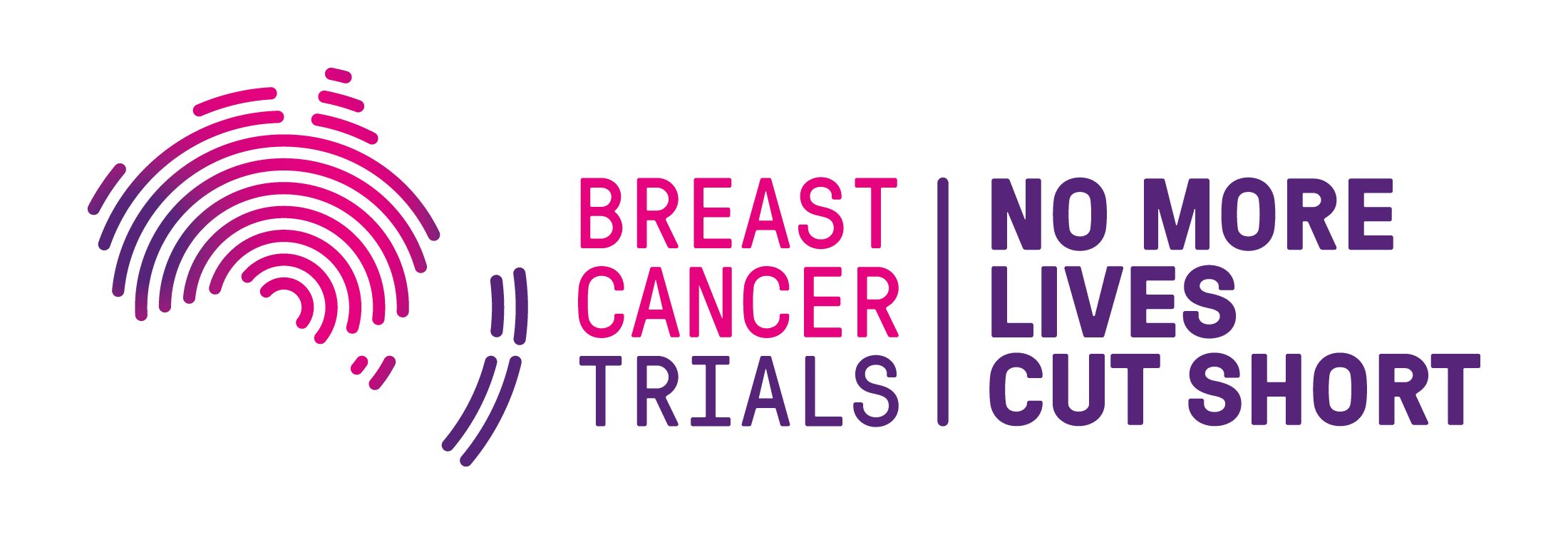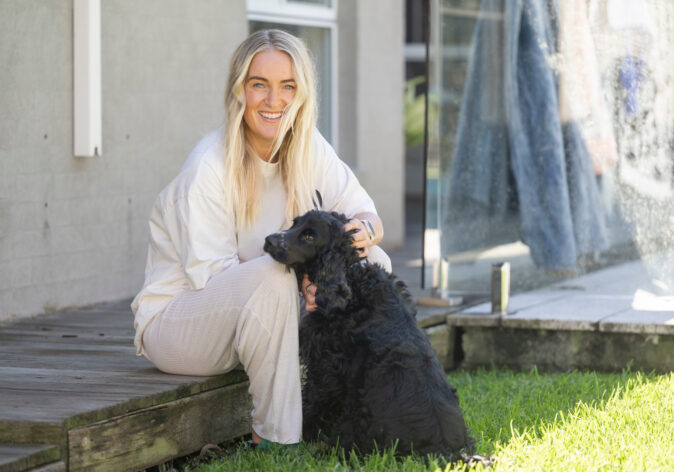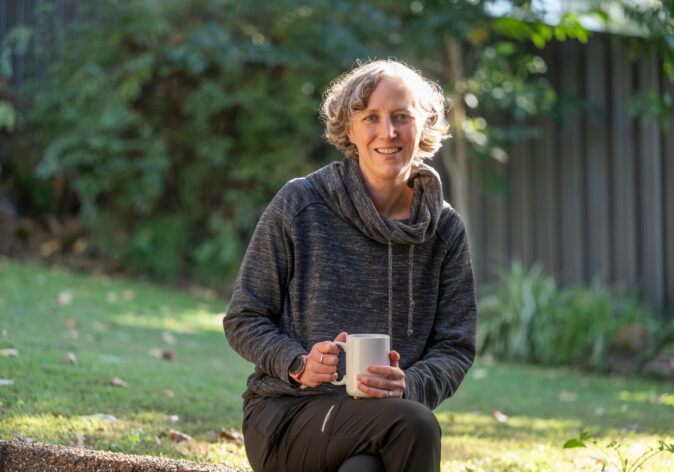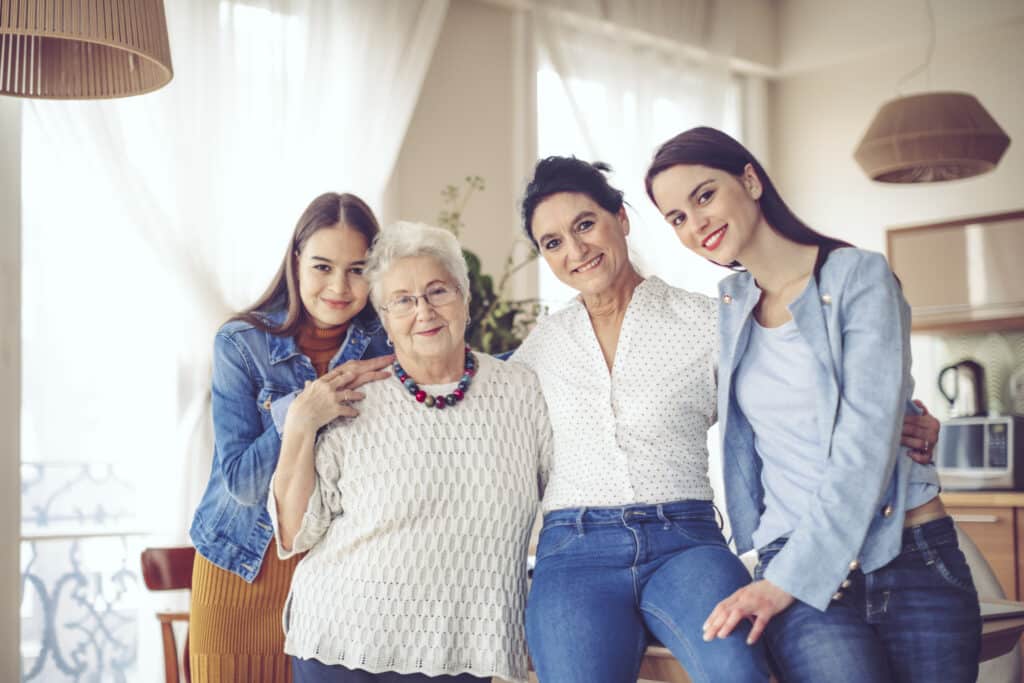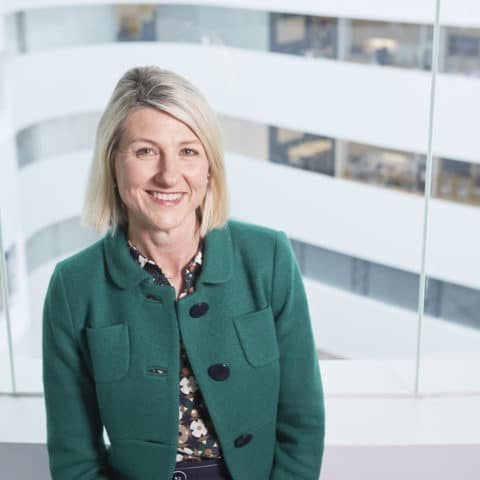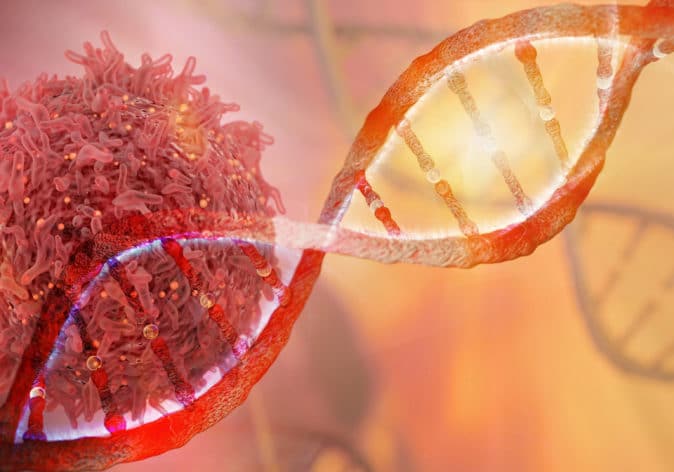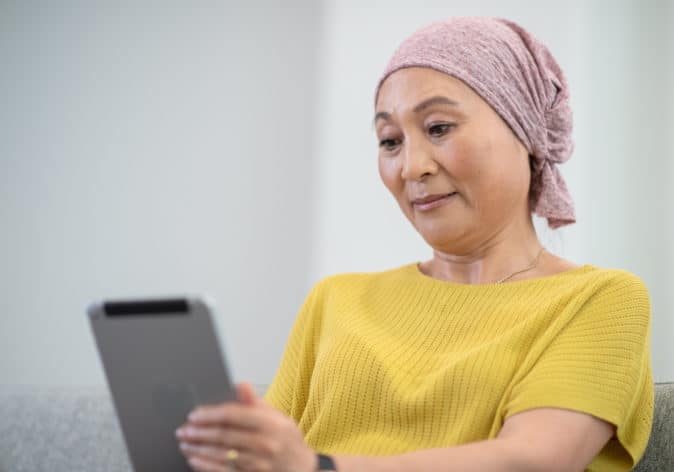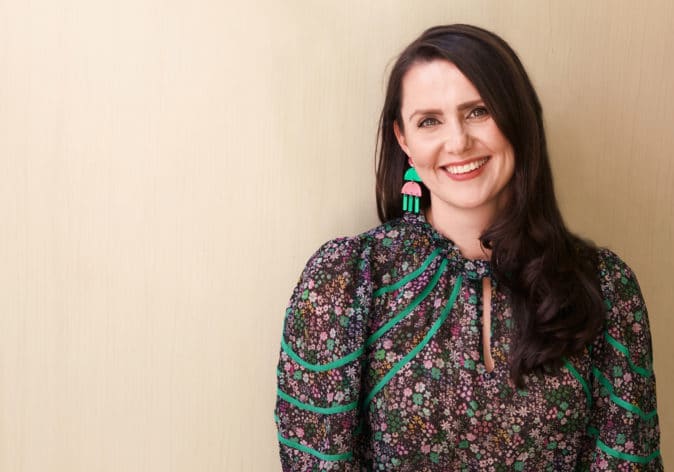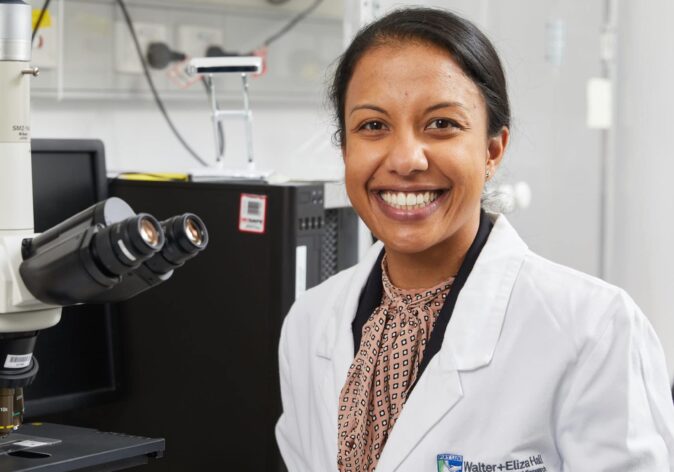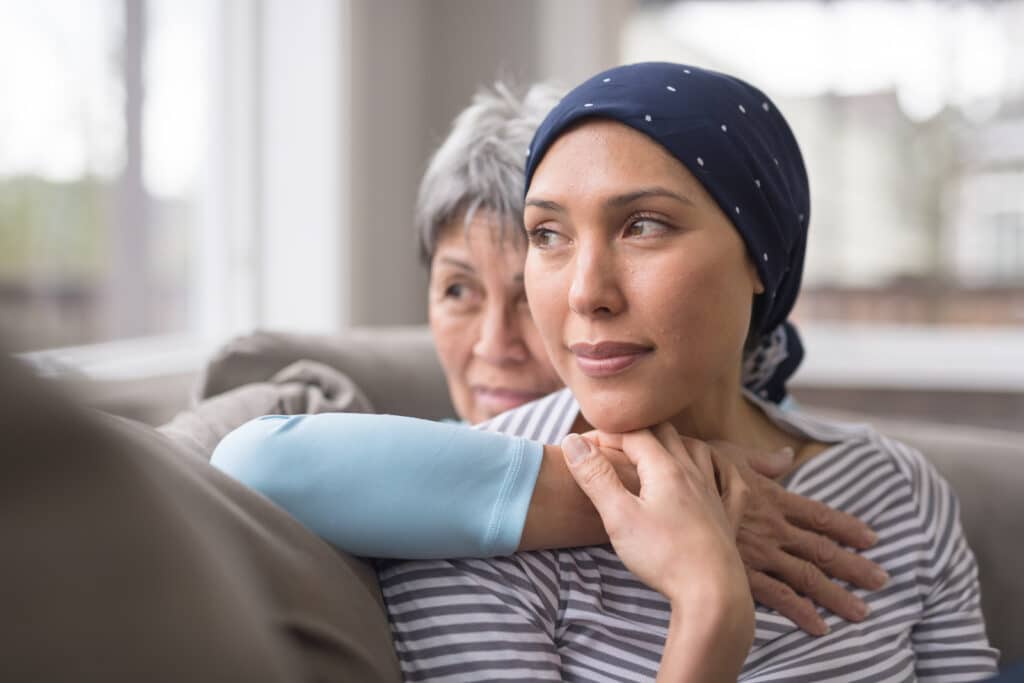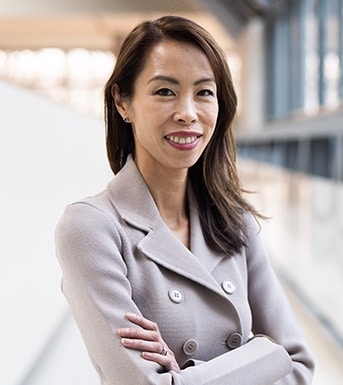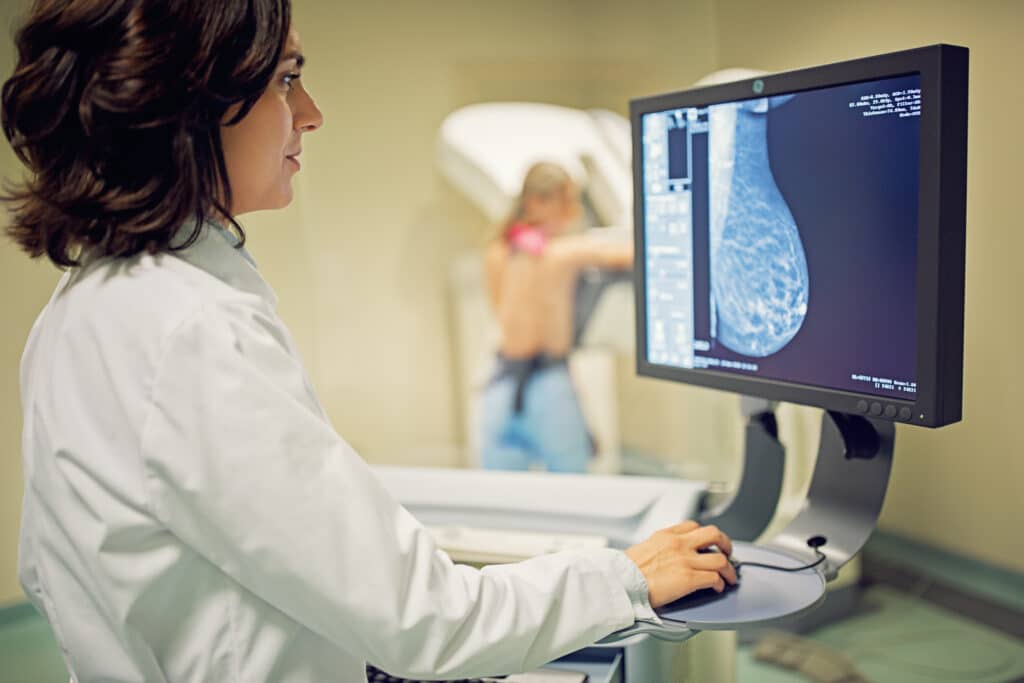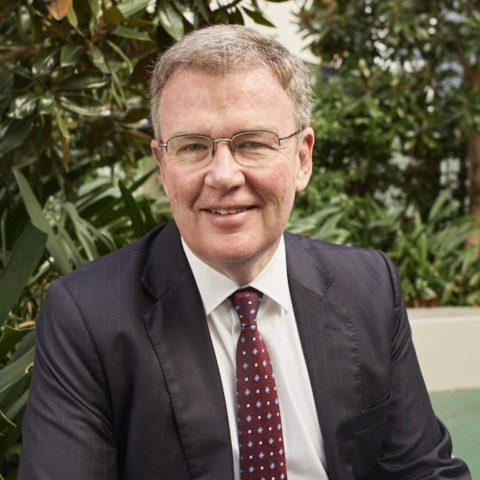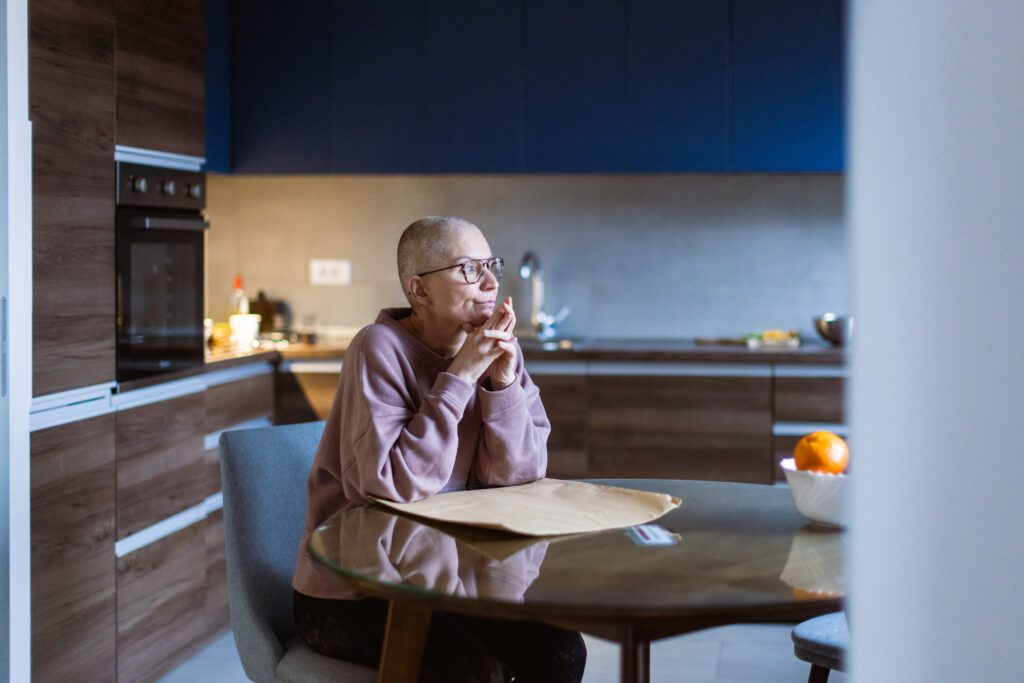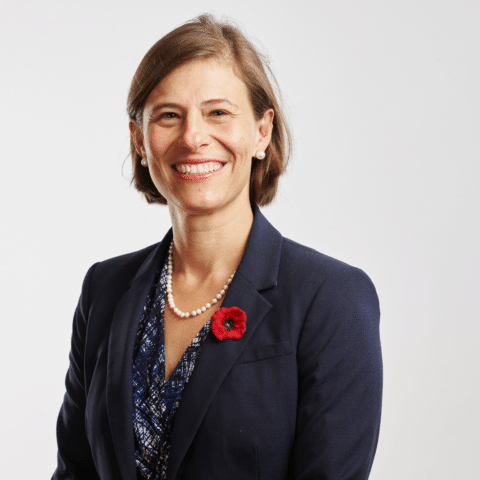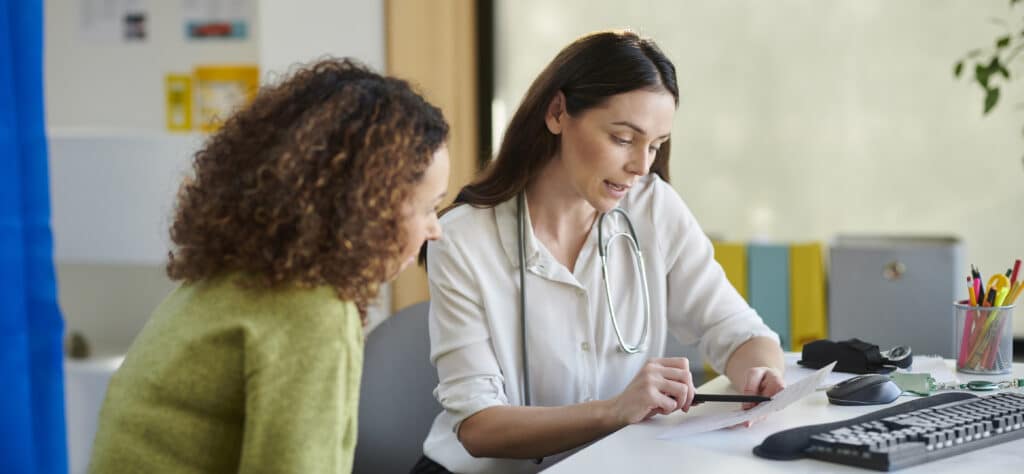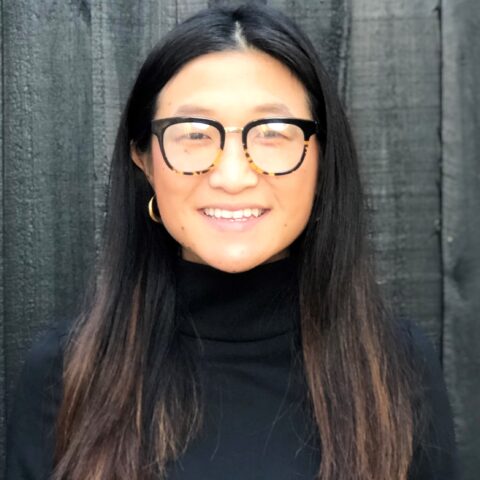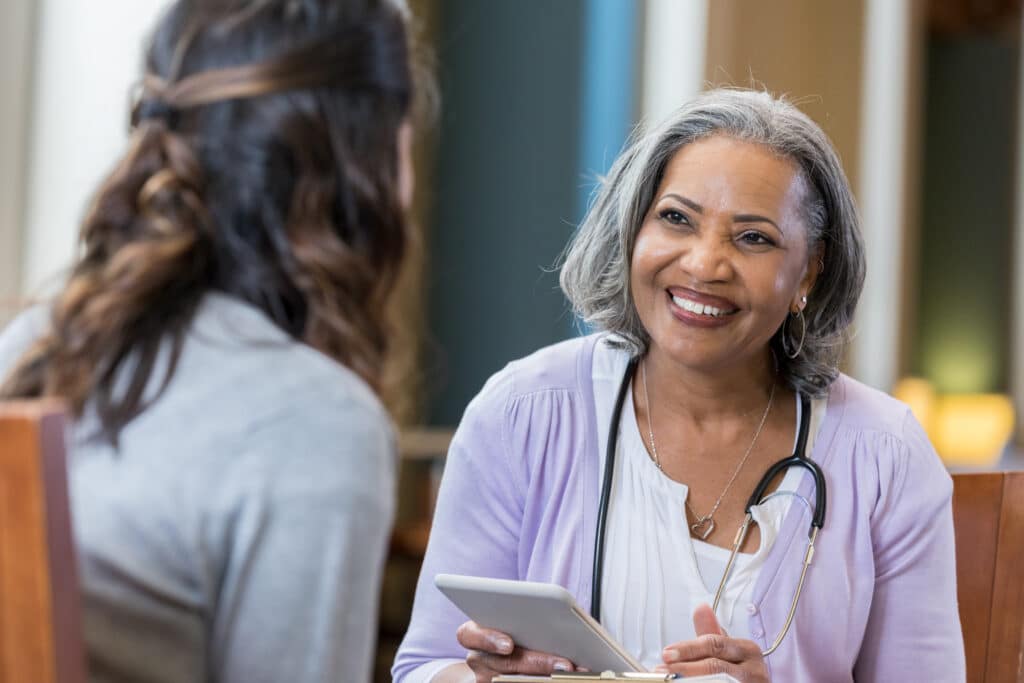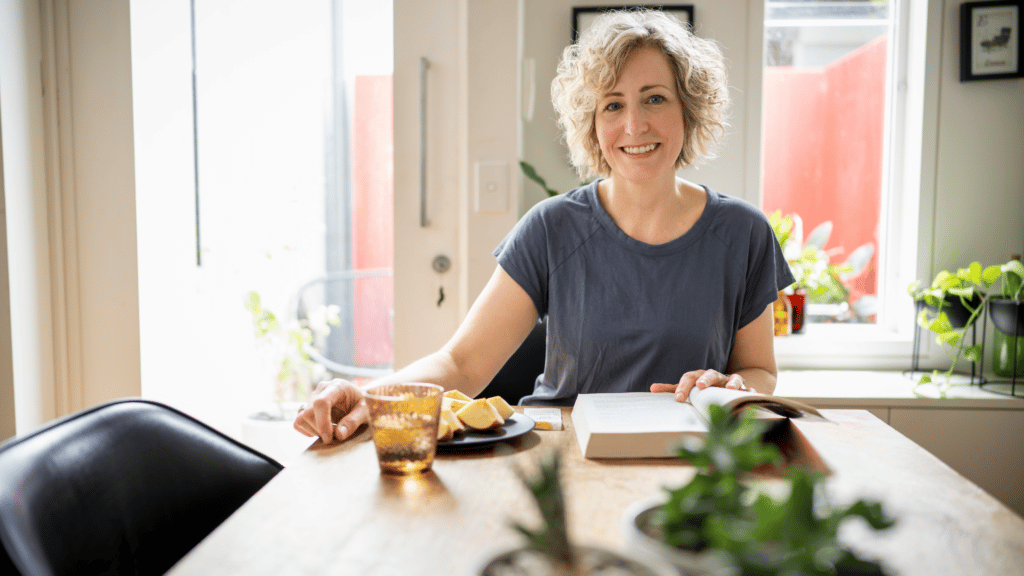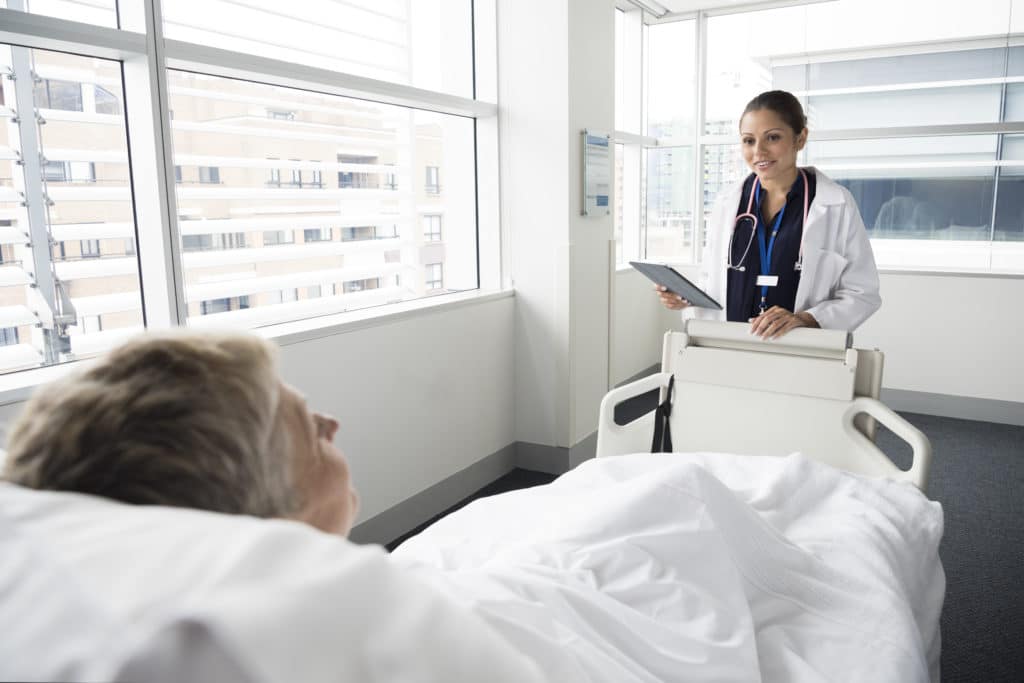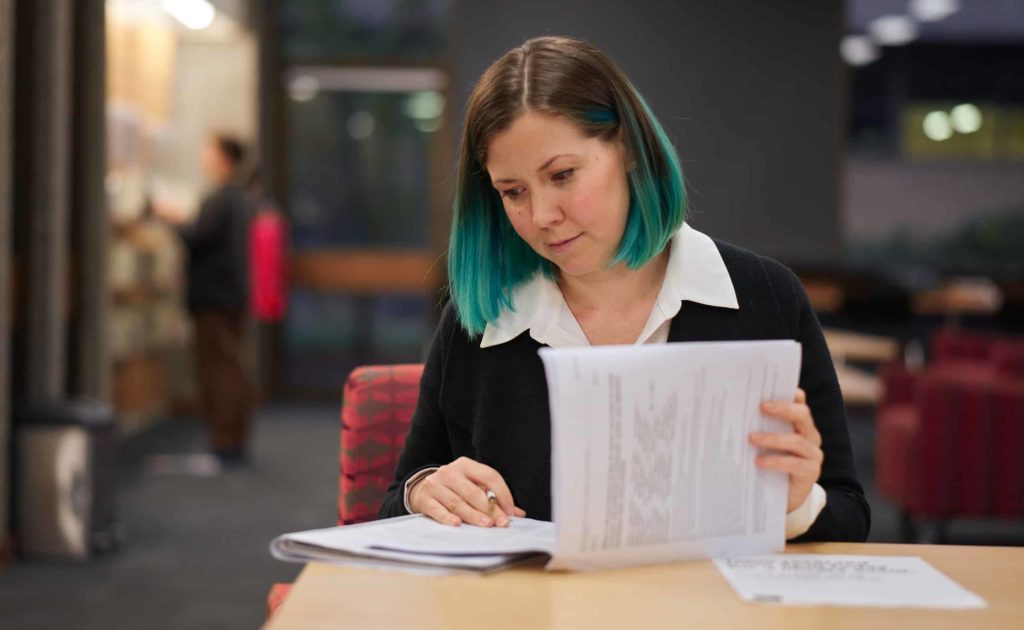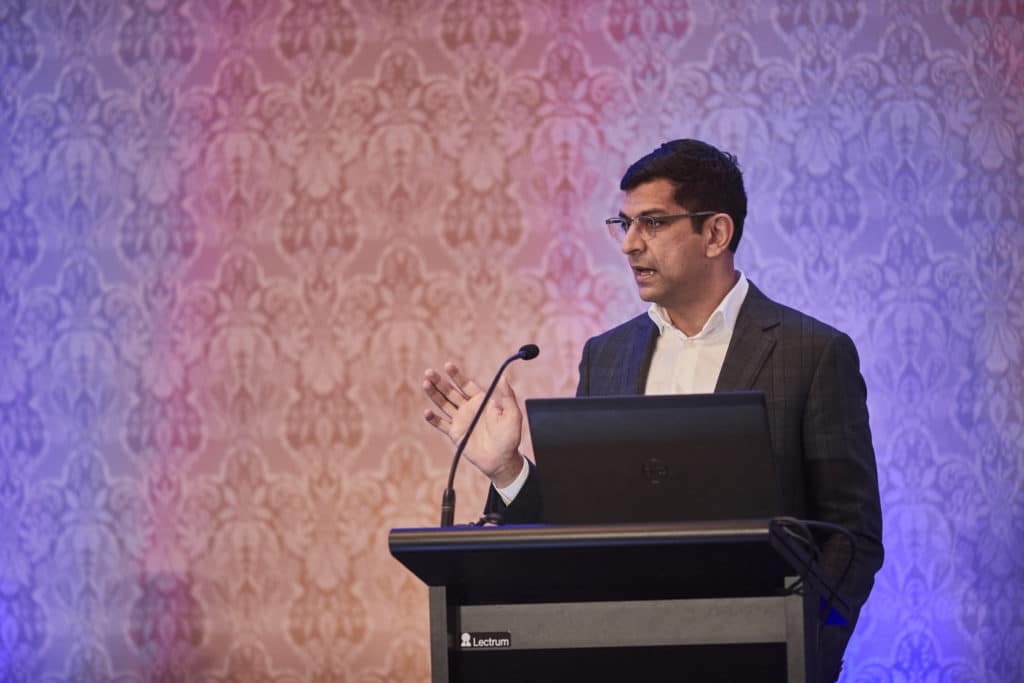2022 San Antonio Breast Cancer Symposium (SABCS)
The San Antonio Breast Cancer Symposium (SABCS) is one of the largest breast cancer conferences in the world, that brings together researchers to hear the latest developments which help to guide patient care.
This is an international conference directed primarily towards academic and private physicians and researchers involved in breast cancer in medical, surgical, gynaecological and radiation oncology, as well as patient advocates and health care professionals.
The 2022 conference attracted more than 8,000 attendees from more than 80 countries, including researchers from Breast Cancer Trials.
We have provided a summary of important results presented at SABCS 2022 below:
MonarchE: Overall Survival and Disease-Free Survival
Previous research has shown that treatment with abemaciclib after surgery reduces the risk of breast cancer recurrence. Adjuvant abemaciclib plus endocrine therapy (tamoxifen or an aromatase inhibitor), significantly improves invasive disease-free survival and distant relapse-free survival in patients with hormone receptor positive, HER2 negative, high-risk early breast cancer.
This analysis with longer follow-up confirms that the benefit of abemaciclib is sustained beyond the completion of treatment with an absolute increase in invasive disease-free survival at 4 years, further supporting the use of abemaciclib in patients with high-risk hormone receptor-positive, HER2-negative early breast cancer. Almost all patients had completed their study treatment, remaining on standard of care endocrine therapy. An interim analysis of overall survival in the phase III monarchE clinical trial, has shown no significant benefit with the addition of adjuvant abemaciclib to endocrine therapy, however the survival results are early. 5,637 patients participated in this trial from 38 countries.
Further follow-up is needed to establish whether overall survival can be improved with abemaciclib plus endocrine therapy in these patients.
DESTINY-Breast03
Trastuzumab emtansine is the current standard treatment for patients with HER2-positive metastatic breast cancer, whose disease has progressed after treatment with a combination of anti-HER2 antibodies and a taxane.
The aim of the DESTINY-Breast03 trial was to compare the efficacy and safety of trastuzumab deruxtecan versus trastuzumab emtansine, in patients with HER2-positive metastatic breast cancer. This randomised phase III international trial was conducted in North America, Asia, Europe, Australia and South America, with 524 patients.
The first interim analysis of the study was met with much enthusiasm when presented previously, founding that the risk of disease progression or death was substantially lower among those who received trastuzumab deruxtecan, than those who received trastuzumab emtansine. The duration of progression-free survival (amount of time that patients on the study remained alive and without evidence of worsening cancer), as assessed by blinded independent central review, was significantly longer with trastuzumab deruxtecan (29 months) than with trastuzumab emtansine (7 months).
This presentation reported on the prolongation of overall survival in patients on trastuzumab deruxtecan. Overall survival is widely considered the gold standard in measuring the benefits of new cancer treatment strategies. Patients on trastuzumab deruxtecan had a 36% lower chance of dying compared with trastuzumab emtansine. These are practice changing results in the treatment of metastatic disease and a major step forward for patients.
The POSITIVE Trial
While most breast cancers are diagnosed in people who are aged over 40, younger patients may face unique challenges when diagnosed with breast cancer including the impact on fertility.
Young patients with early-stage hormone receptor-positive breast cancer are often treated with endocrine therapy, such as ovarian function suppression, aromatase inhibitors, or tamoxifen.
The POSITIVE clinical trial examined whether pausing endocrine treatment was safe in patients who wanted to become pregnant. 518 patients participated in the study, all of whom were under the age of 43, and patients opted to pause endocrine therapy for up to 2 years to try to become pregnant, following the completion of 18 to 30 months of adjuvant endocrine therapy.
Patients with breast cancer who paused their endocrine therapy while attempting to conceive, experienced rates of breast cancer recurrence similar to patients with breast cancer who did not pause their therapy for pregnancy and many of them went on to conceive and deliver healthy babies. This is reassuring for the many premenopausal patients diagnosed with breast cancer who are considering pregnancy. Researchers plan to continue following study participants to assess recurrence risk over a longer timeframe.
This research was led by Professor Ann Partridge, Professor of Medicine at Harvard Medical School and Vice Chair of Medical Oncology at the Dana-Farber Cancer Institute, who was a guest speaker at the 2022 Breast Cancer Trials Annual Scientific Meeting (ASM). Watch her video interview at the ASM here.
The RIGHT Choice Study
Patients with metastatic breast cancer that is hormone receptor positive and HER2-negative may consider treatment with hormone-blocking (endocrine) therapy or chemotherapy. The prevailing understanding has been that those with tumours that appear faster growing or are threatening organ function, are more suited to chemotherapy. The advent of the CDK 4/6 inhibitors (palbociclib, ribociclib and abemaciclib) has resulted in significantly improved outcomes for patients with metastatic hormone receptor positive breast cancer and has challenged this assumption about treatment options.
The RIGHT Choice study aimed to compare the results of endocrine therapy versus chemotherapy as initial treatment of patients with metastatic cancer, that was deemed to be aggressive or high risk. The investigators found that patients actually appeared to do better with the endocrine therapy and ribociclib compared with chemotherapy. Cancers remained under control for longer, and the side effects were less with the endocrine therapy/CDK4/6 inhibitor treatment. These results are reassuring for clinicians and patients who are aiming for both cancer control and good quality of life.
Low Dose Tamoxifen in Non-Invasive Breast Cancer (DCIS)
Patients diagnosed with non-invasive breast lesions such as DCIS and lobular carcinoma in situ (LCIS), and atypical breast lesions such as atypical ductal hyperplasia (ADH) and atypical lobular hyperplasia (ALH), are at increased risk of developing invasive breast cancer. Treatment with tamoxifen, at 20mg daily for 5 years, has shown to be effective for preventing breast cancer in these at-risk patients but its use can be limited by its adverse effects.
The objective of the Tam01 study from Italy was to evaluate the use of low dose tamoxifen and determine how many patients preferred this option. 500 women who were 75 years of age or younger participated in the trial.
The study found that low dose tamoxifen (5mg daily for 3 years) in patients with DCIS, ALH, and ADH resulted in an approximate 50% risk reduction in breast cancer events compared to placebo, with a slight increase in hot flushes but no increases in uterine cancer or venous thromboembolism within the tamoxifen group. These side effects are uncommon, but known to occur in a small number of patients treated with the standard dose of 20mg tamoxifen. Overall, these 10-year data shows that low dose tamoxifen continues to reduce incidence of invasive breast cancer or DCIS. These results may help patients who have not had a diagnosis of invasive breast cancer and are candidates for tamoxifen for prevention but are concerned about the side effects of this medication.
